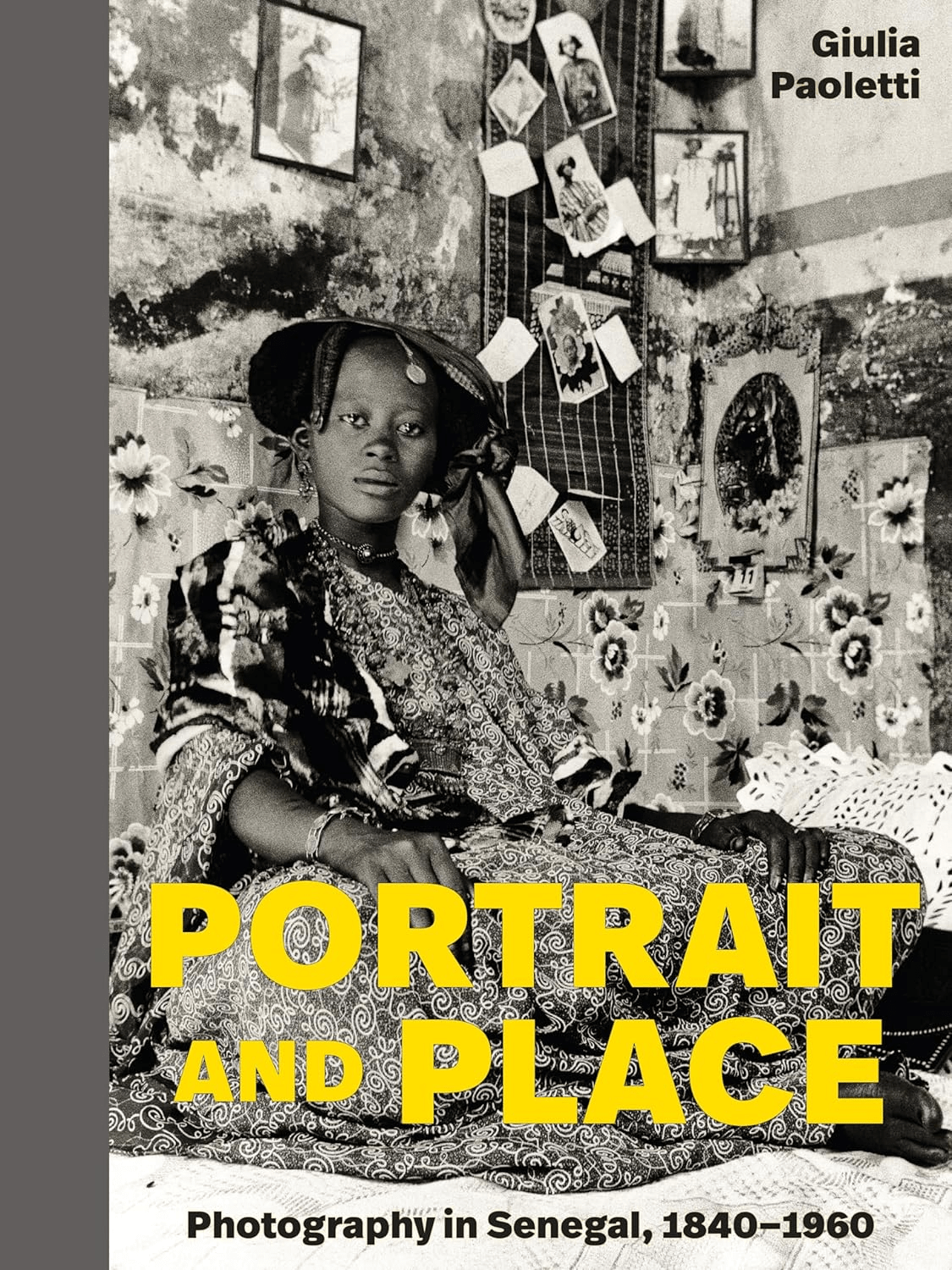
Doors, Entrances and Beyond …: Various Aspects of Entrances and Doors of the Tombs in the Memphite Necropoleis During the Old Kingdom
Nurtilek Abdimalikov
Leo Roeten.
Archaeopress Publishing, Ltd, 2021.
“After the funeral, the monument became the focus of its second, and in fact its most important, function: acting as the daily stage for the ‘eternal’ mortuary rituals, a recurrent offering ritual, necessary for the sustenance of the k3 [life-force] of the deceased.”
—From Doors, Entrances and Beyond …
—Nurtilek Abdimalikov
You may also be interested in...

A Fresh Perspective on Senegal’s Photographic History
Author Giulia Paoletti’s Portrait and Place puts historical Senegalese photography in a fresh global context.
The Legacy of Egyptologist George Reisner—Our Book Review
When George Reisner died in 1942, he did so surrounded by ghosts—not just the pharaohs he’d unearthed but the stacks of unpublished notes that entombed his legacy.